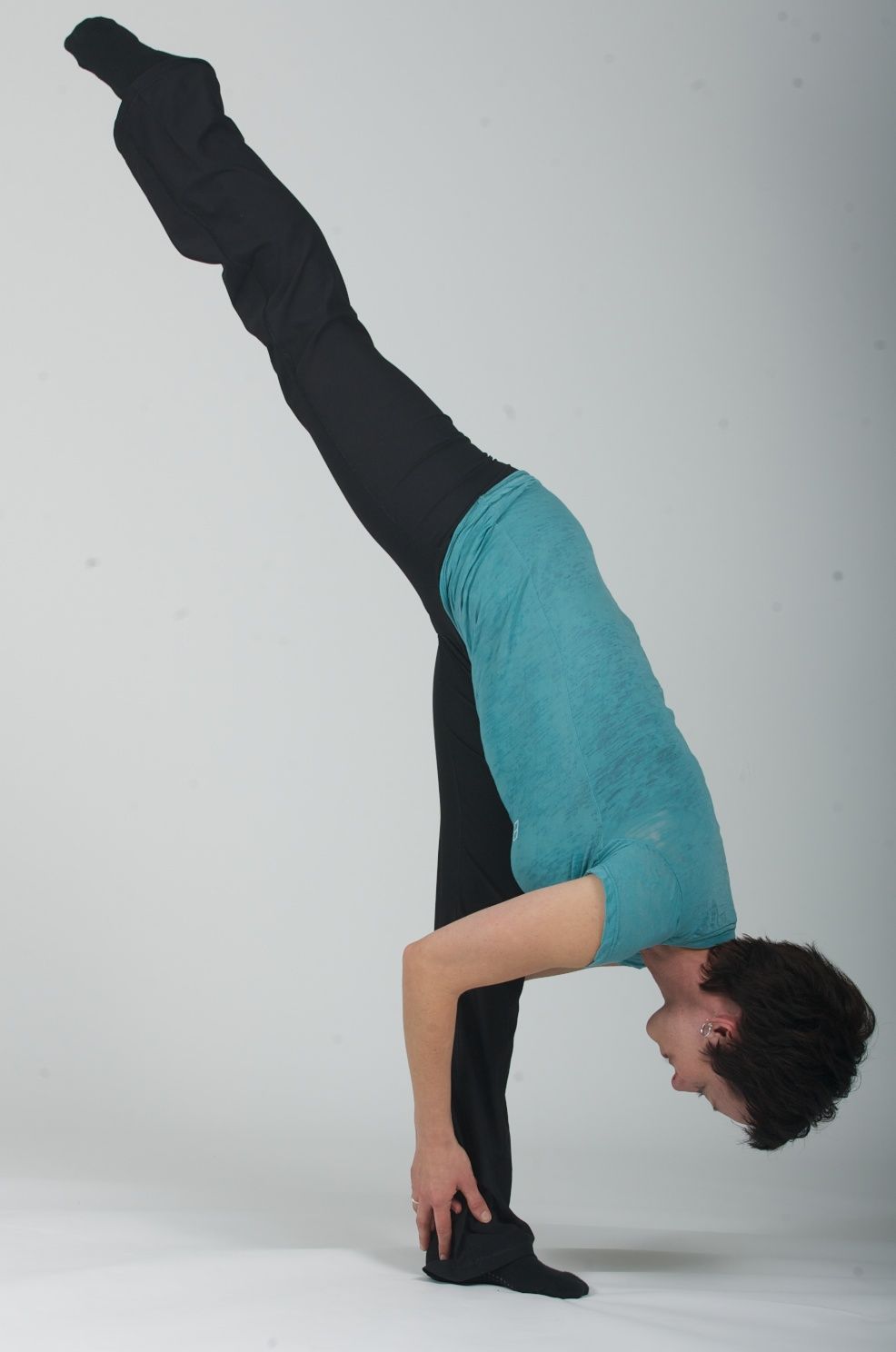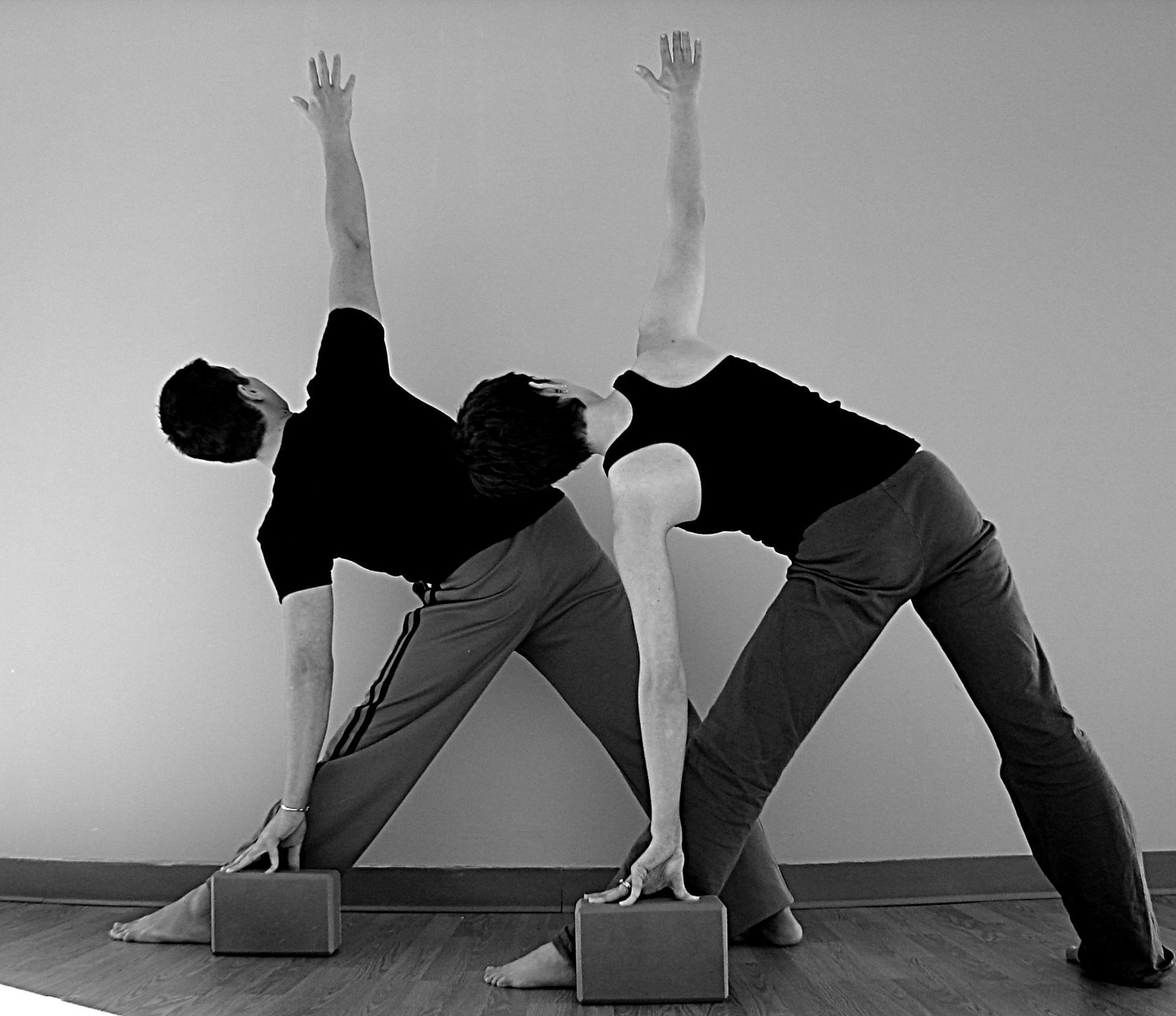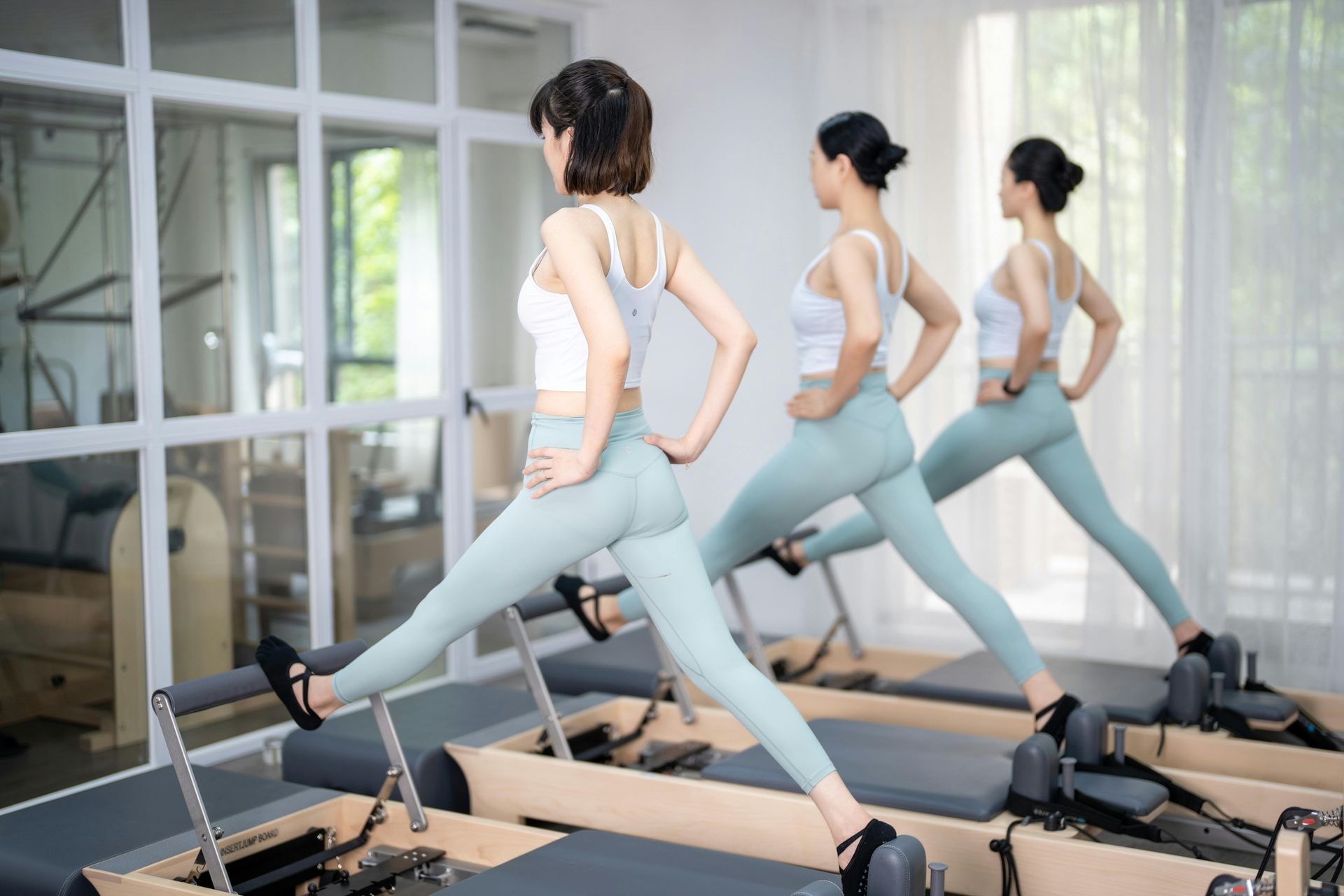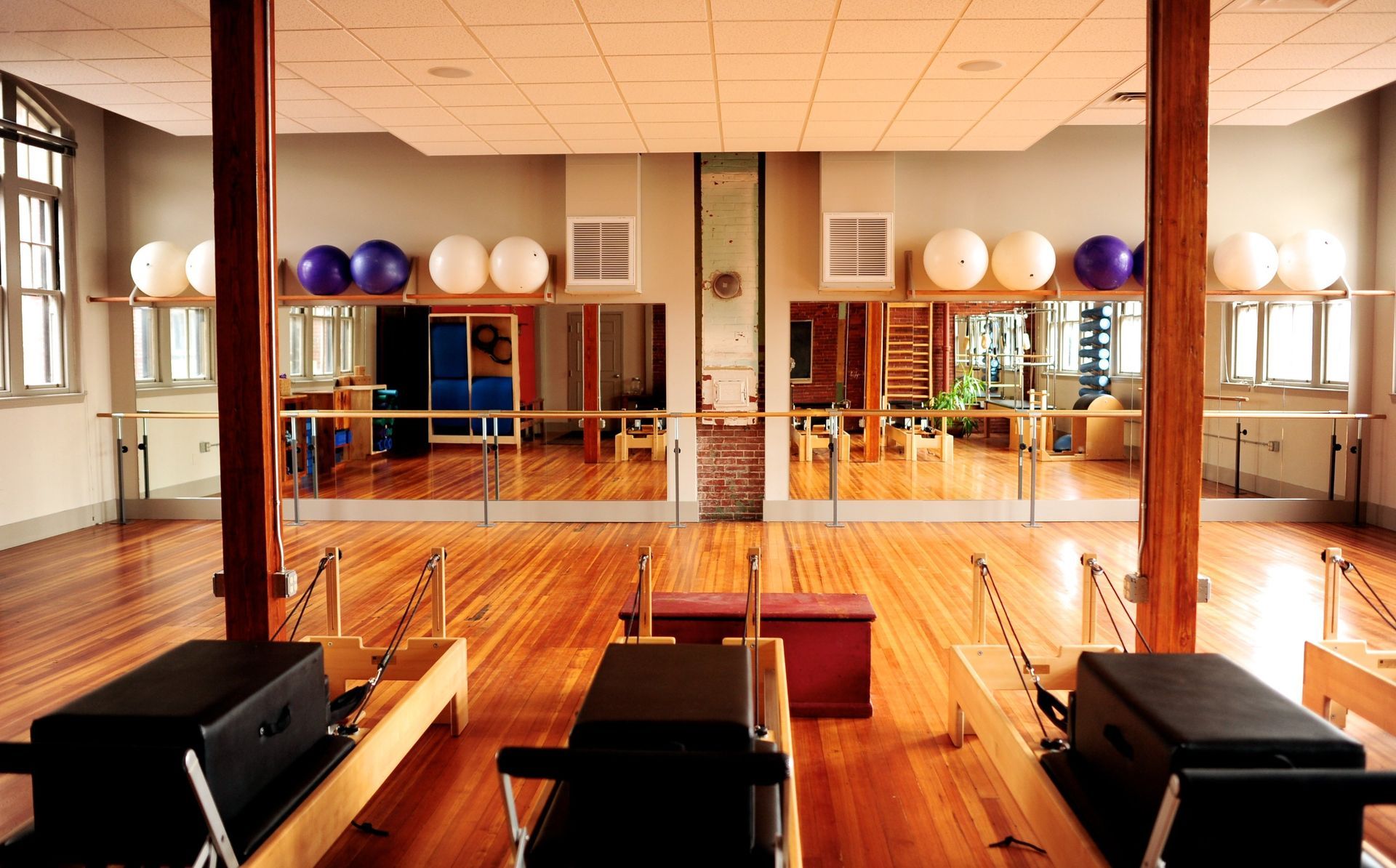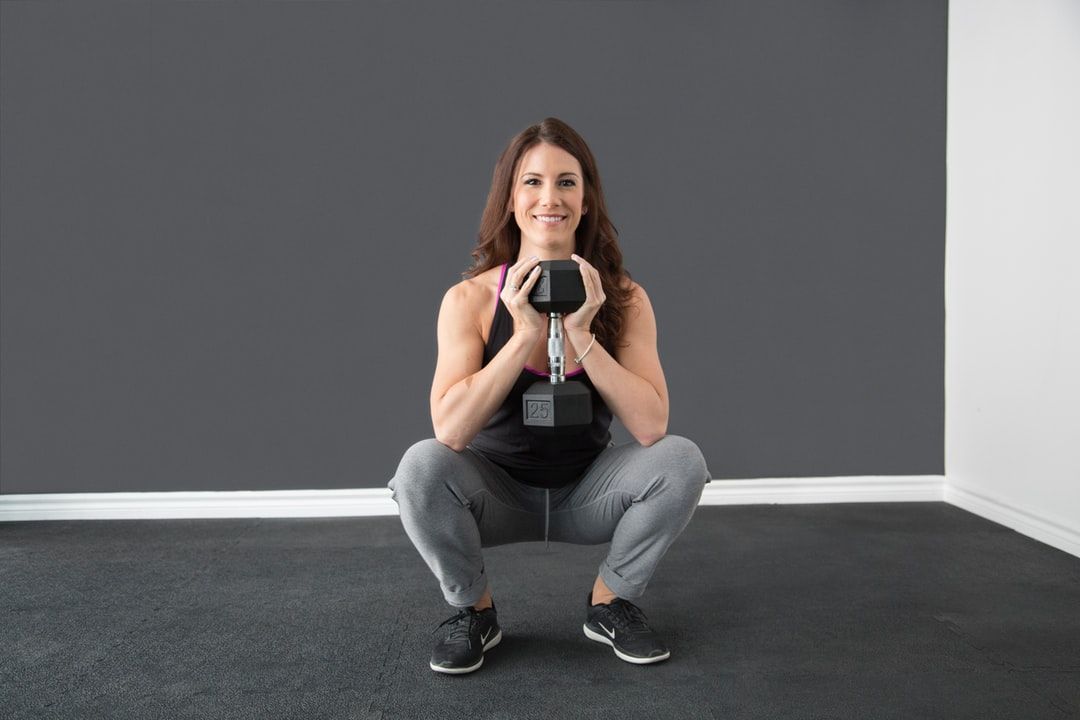Why BarSculpt uses a Canvas Strap
Without D-Rings or Elastic

Safety, Precision, and the Right Tools for Results That Stick
In BarSculpt, nothing is arbitrary.
From the way we cue alignment to the way we choose props, everything has a reason—and the yoga strap is no exception. In fact, it’s one of the most important tools in our practice, and it’s something we’ve put a lot of thought into.
BarSculpt does
not use elastic resistance bands.
We also do
not use yoga straps with metal D-rings.
Instead, we use a plain canvas strap, ideally one with two pre-sewn loops and zero hardware.
Why? Because your safety matters, and the equipment you use directly impacts your results, your risk of injury, and your ability to stay present in class.
Let’s dive into why we’ve chosen this very specific strap—and what makes it essential to BarSculpt classes.
The Common Problems With Elastic Bands
Let’s start with the resistance bands that are all over social media, in most big-box gyms, and often bundled with at-home workouts.
Yes, they’re flexible and widely available.
But they’re also a safety hazard—and biomechanically unpredictable.
❌ 1. They Can Snap Without Warning
Most resistance bands are made of latex or rubber. Over time, these materials degrade—especially when exposed to:
- Sunlight or heat (think: studio windows or cars)
- Body oil, lotion, or sweat
- Constant folding or overstretching
Many bands come with a thin powder coating to prevent them from sticking to themselves. But when that powder wears off, and the band sticks or cracks, it becomes prone to snapping.
And if it snaps? You’re not just dropping the prop—you’re potentially getting whipped in the face, eye, or body.
That’s a risk we’re simply not willing to take.
❌ 2. Tension Is Inconsistent and Confusing
There’s no universal system for band tension.
- One company’s “light” band might be another’s “medium.”
- The color coding isn’t standardized.
- As the band ages, its resistance decreases—but you won’t always notice until your results plateau or your form suffers.
This matters in stretch work. Instead of creating space in the hips or hamstrings, students often find their forearms burning—pulling too hard on the band itself instead of targeting the intended muscle group.
BarSculpt is rooted in control, form, and alignment—not unpredictability.
Why BarSculpt Uses a Canvas Strap (and Only Canvas)
Now let’s talk about the canvas yoga strap we do use—and why it’s the right tool for the job.
This strap is typically made of 100% woven cotton canvas. It’s strong, non-stretchy, and gives you instant tactile feedback.
✅ 1. It Won’t Snap. Ever.
Canvas doesn’t dry out like latex. It doesn’t crack, degrade, or fray with regular use. And it won’t suddenly split in your hands when you’re mid-hamstring stretch.
That’s peace of mind—for both instructors and participants.
✅ 2. It’s Grip-Friendly and Intuitive
Our preferred strap has two sewn loops—one on each end. This makes it easy to:
- Hook your foot into one loop
- Hold the other end with your hand
- Get precise control without wrapping it multiple times or choking the strap into submission
Unlike resistance bands or single-loop straps, you’re not guessing or adjusting the tension mid-movement. The feedback is instant and stable.
✅ 3. It Allows for Key BarSculpt Techniques
In BarSculpt, we often ask you to hold one end of the strap in each hand while using your foot to press into the center or opposite loop. This lets you:
- Control your leg placement
- Fix foot alignment issues like sickling or over-pointing
- Stay active in the stretch rather than letting gravity take over
That’s not just more effective—it’s smarter movement education. You’re not passively stretching. You’re using the strap to strengthen proper mechanics, especially at the ankle, knee, and hip.
Why No D-Rings?
Many traditional yoga straps include metal D-rings at one end. These are used to:
- Shorten the strap
- Create a loop to catch the foot
- Add resistance or limit slack
While that can be helpful in static yoga poses, it’s not ideal for BarSculpt or Barre-based movement.
Here’s why we avoid them:
⚠️ 1. D-Rings + Barre = Unsafe
In BarSculpt, we occasionally thread the strap over the barre for specific exercises. If there’s a metal D-ring at the end and it slips or releases unexpectedly, you’ve got:
- A potential mirror-breaking projectile
- A possible eye or face injury (yes, really)
- A sudden drop in class safety and confidence
No one wants to flinch every time they hook a strap.
Removing the D-ring removes the risk. Full stop.
⚠️ 2. D-Rings Remove the Double-Handed Grip
BarSculpt’s approach relies on dynamic control—using both arms evenly to manipulate the strap, align the leg, and adjust the stretch.
If you’re locked into a closed D-ring loop, you often:
- Have only one grip option
- Lose the ability to fine-tune your tension
- Have to wrap the strap awkwardly around your hand
This isn't helpful when precision is the point.
Yoga-style loop holds are fine for static poses. But in BarSculpt, we need adaptability and freedom of movement. That means two open ends—and no hardware in the way.
Real-Life Scenario: Why It Matters
Let’s say you're doing a supine hamstring stretch.
You’ve got your foot in the loop. You’re lying on your back, using both arms to gently pull the strap and rotate your foot for ankle awareness. Maybe you’re checking in on:
- Do I sickle my ankle?
- Is my foot flexed or pointed?
- Can I adjust the turnout without losing the stretch?
Now imagine doing that with a stretchy band that keeps pulling back—or a D-ring strap that locks you into a loop.
Suddenly, your alignment opportunity disappears. You're fighting the tool, instead of using it.
This is why the strap matters. It’s not “just a prop.” It’s an extension of your brain, helping you rewire poor movement patterns and discover better ones.
What If You Don’t Have a BarSculpt Strap?
We get it—not everyone has the official strap at home. If you're practicing virtually, traveling, or improvising, here are safe alternatives (and what to avoid):
✅ Best Substitutes:
- Dog Leash – Strong, no stretch, often has a loop already.
- Yoga Pants or Leggings – Soft but firm. Great in a pinch.
- Cotton Bathrobe Tie – Only if it’s thick and has no stretch.
❌ Avoid:
- Resistance bands
- Thin scarves or belts
- Anything with metal parts
Your goal is to mimic the firm, non-stretch, two-ended feel of the real thing—without risking injury or sacrificing function.
The Bigger Message: The Right Equipment Supports the Right Results
BarSculpt is built on intention. Every movement, cue, and prop supports the outcome we want to give you:
- Better movement
- Better awareness
- Better strength and flexibility
- Long-term safety
The strap you use is part of that. A well-made, non-stretch, hardware-free strap helps you move better. A cracked rubber band or jerry-rigged loop with a metal ring? That’s just a liability waiting to happen.
The tools we choose are a reflection of our values—and our respect for your body.
Final Thoughts: Precision Requires the Right Gear
Here’s what it all boils down to:
- If you want alignment, you need a strap that holds its shape.
- If you want safety, you need a strap that won’t snap, recoil, or swing a D-ring into your face.
- If you want effectiveness, you need a strap that lets you work with your body—not around faulty equipment.
That’s why BarSculpt uses and recommends a canvas strap with no hardware. We’re not being fancy—we’re being smart.
Want to Upgrade Your Setup?
If you’re still using an old resistance band or D-ring yoga strap, now’s the time to switch. You can purchase the same double-loop canvas strap we use in-studio directly at BarSculpt.com.
And if you have questions about how to use it—or whether you’re doing a stretch correctly—reach out. Helping you feel confident and safe in your body is what we’re here for.


